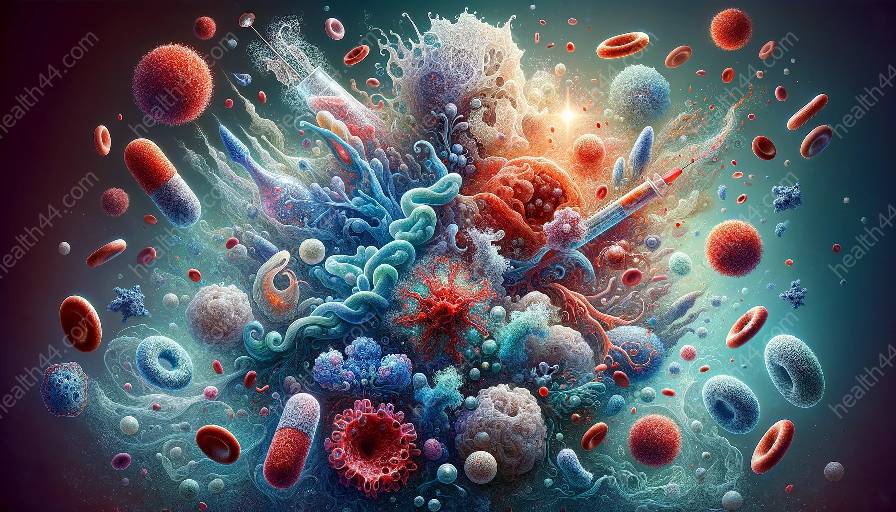Pattern recognition receptors (PRRs) are a crucial component of the innate immune system, playing a pivotal role in the recognition of pathogens and the initiation of immune responses. These receptors are specialized in detecting distinct molecular patterns associated with pathogens, thereby providing the body with the ability to mount an immediate and non-specific defense against a wide range of microbial threats.
PRRs are present on various immune and non-immune cells, including macrophages, dendritic cells, and epithelial cells. When a pathogen invades the body, PRRs recognize specific components of the pathogen, known as pathogen-associated molecular patterns (PAMPs). Common PAMPs include bacterial lipopolysaccharides, viral nucleic acids, and fungal cell wall components. Upon recognition of PAMPs, PRRs initiate signaling cascades that lead to the production of pro-inflammatory cytokines, chemokines, and other immune mediators. These molecules help recruit and activate other immune cells, promoting the rapid elimination of the invading pathogens.
There are several types of pattern recognition receptors, each with distinct molecular structures and functions. Toll-like receptors (TLRs) are among the most well-studied PRRs and are known for their ability to recognize a wide range of microbial components. TLRs are located on the cell surface or within intracellular compartments, allowing them to survey the extracellular environment as well as the interior of cells for potential threats.
Another crucial group of PRRs are the NOD-like receptors (NLRs), which are predominantly located in the cytoplasm. NLRs play a key role in detecting intracellular pathogens and cellular damage, contributing to the activation of the inflammasome and the subsequent release of pro-inflammatory cytokines such as interleukin-1β. RIG-I-like receptors (RLRs) are specialized in detecting viral RNA in the cytoplasm, triggering immune responses against viral infections.
In addition to TLRs, NLRs, and RLRs, there are other classes of pattern recognition receptors, such as the C-type lectin receptors (CLRs) and the scavenger receptors. CLRs are involved in recognizing carbohydrate structures commonly found on the surface of fungi, contributing to the immune response against fungal infections. Scavenger receptors, on the other hand, are capable of recognizing a diverse array of endogenous and exogenous ligands, playing a role in both immune function and homeostasis.
The activation of pattern recognition receptors is tightly regulated to prevent excessive inflammation and tissue damage. Cells express negative regulators that help control PRR signaling and limit the duration of immune responses. Additionally, the recognition of self-derived molecules by PRRs is carefully balanced to avoid autoimmunity and maintain immune tolerance.
Understanding the functions and regulation of pattern recognition receptors is of utmost importance in the field of immunology. Research in this area not only enhances our knowledge of the innate immune system but also provides insights into the development of novel therapeutics for infectious and inflammatory diseases. By targeting PRRs, researchers aim to modulate immune responses and mitigate excessive inflammation, offering potential strategies for managing a wide spectrum of immune-related disorders.


